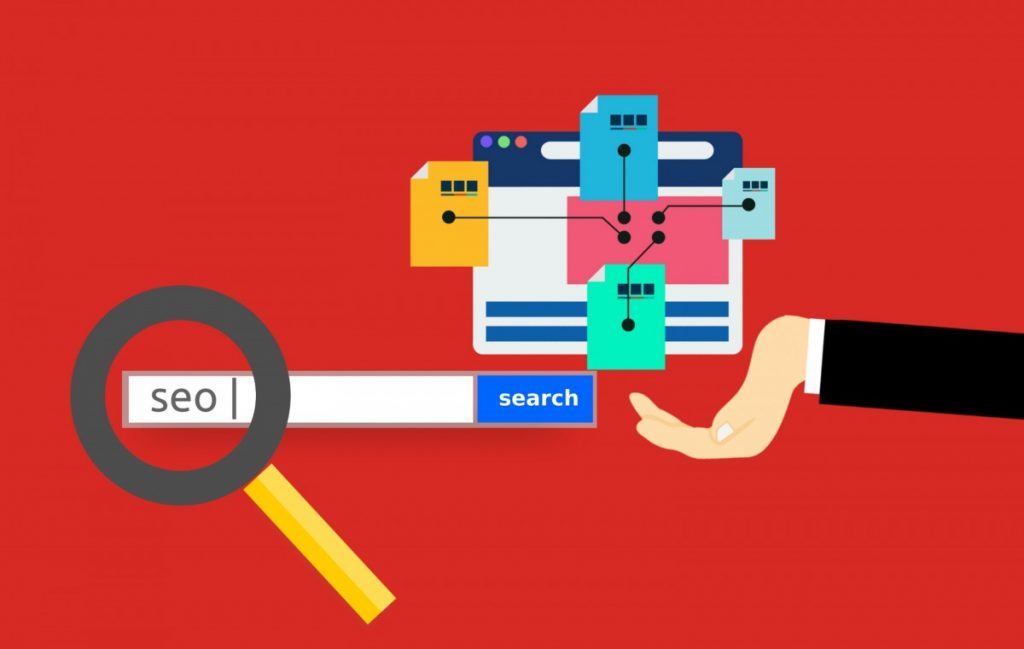
Welcome back to part 2 of our e-commerce search engine optimization crash course. As we mentioned in part one, this article was developed with help from our friends at Linkeo Ltd. Today, we’ll be looking at detailed instructions for an effective e-commerce SEO strategy, starting with:
Use the Right Keywords
Yes, keywords still matter. While you don’t want to overload your product titles and descriptions with these keywords, they do still need to be present in the copy.
Mention your primary keyword in your product headline, description, meta description, image alternate attributes, and sub-headers. Sprinkle latent semantic index (LSI) keywords throughout. These are related keywords that help Google understand your page in context.
Before you use a keyword, do some research on it. Know how often people search for it (keyword search volume), how competitive it is in the paid advertising space (cost-per-click, or CPC) and what people are looking for when they use that keyword. Why are these factors important? Let’s analyze this further.
Search volume tells you how much interest a particular keyword inspires in consumers. A high search volume indicates greater popularity, which means you’ll get more active searches for that keyword.
CPC tells you how much people pay per click when they buy advertising based on a specific keyword. A high CPC indicates increased competition. If your target keyword is extremely competitive, consider finding an alternative.
Finally, user intent describes what people want to find when they type a specific keyword into Google’s search bar. Let’s say, for instance, that someone looks up showers – does that person want information about shower installation, shower repair, baby showers, bridal showers or something else entirely? If you can’t determine the user intent behind a keyword, add other words to the search string for clarity.
Conduct Competitor Research
If you have no clue where to start with on-site optimization for your e-commerce site, then your competitors are your best bet. Larger competitors, in particular, have probably already put in the legwork for optimizing their websites, and you can learn many of their secrets on their websites themselves.
Keywords are the thing you need to focus on. Particularly, you’ll want to analyze the keywords on their homepages as well as their top product pages.

How can you tell if a website is optimizing for a particular keyword? There are many free browser extensions you can use to see the SEO title and description your competitors use in their title tags. You can also use these tools to see what keywords your competitors are ranking for on both organic and paid searches.
Don’t stop your research with keywords. Check out your competitors’ landing pages too, so you can see how they use the specified keywords to optimize those pages.
Focus on Homepage SEO
The homepage is typically where most businesses focus their SEO budget and energy. While it is definitely one of the top pages of your website to optimize, it is by no means the only one you should focus on. That said, you do want to optimize your homepage well.
This will include focusing on:
Homepage Title Tag: The SEO title tag is one of the most important elements of on-site search optimization. It should include your business name along with the main keyword phrase you are targeting. You should write this title tag in less than 70 characters and in a way that is appealing to search visitors, as they will see it in search results.
Homepage Meta Description: While this is not important as far as keyword rankings, the meta description for your homepage is a 160-character description of your business that will also show up in search beneath the title tag. Write it in a way that encourages people to want to visit your website.
Homepage Content: The content on your homepage should help visitors learn more about your business and the products you have to offer in a clear and concise way. Avoid overloading visitors with too much information. Consider featuring your top few products on the homepage and your unique selling proposition.
Cluttered homepages can confuse visitors as well as search engines. For instance, maybe you sell products in many different categories. Google will struggle to identify what you sell and who you’re targeting with your products, so get specific about what your site offers.
That’s all we have time for today. In our next article, we’ll delve into how internal links and simplifying your site architecture can go a long way to improving your overall SEO. As always, be sure to leave your thoughts, opinions and questions in the comments section below.
